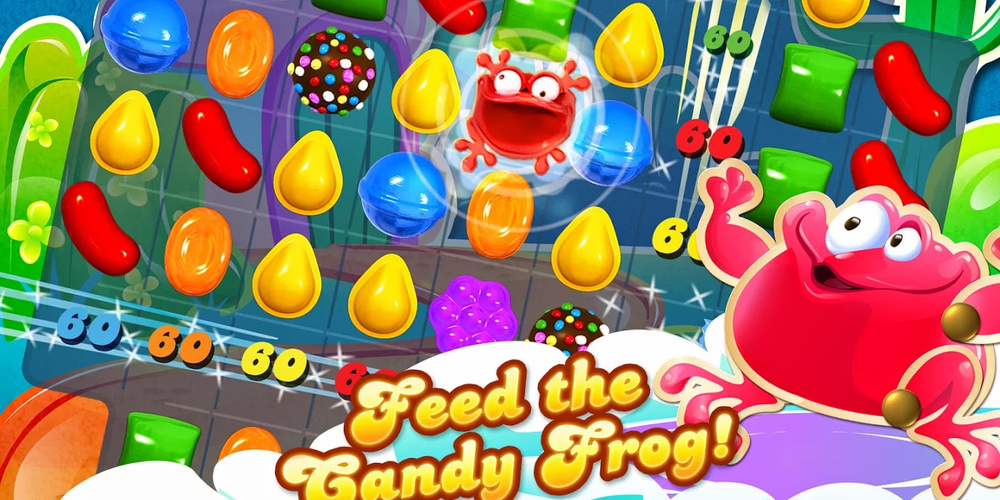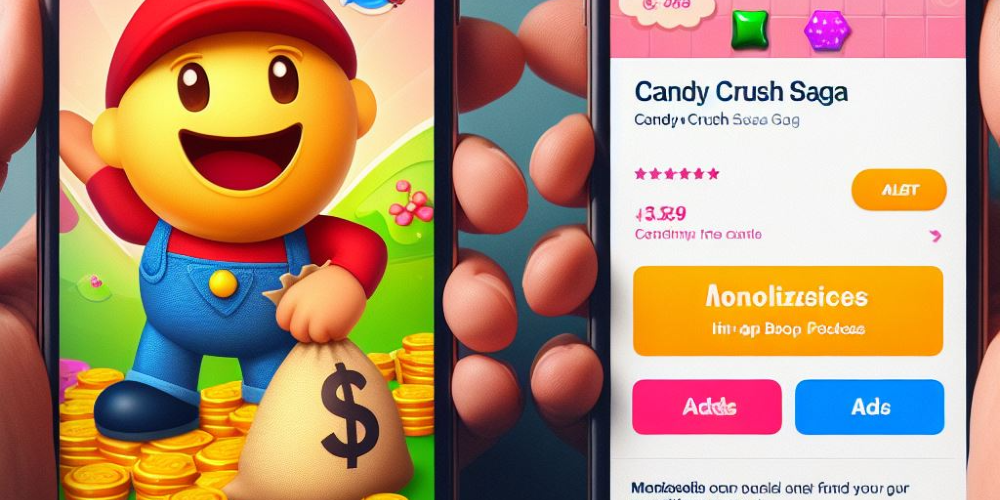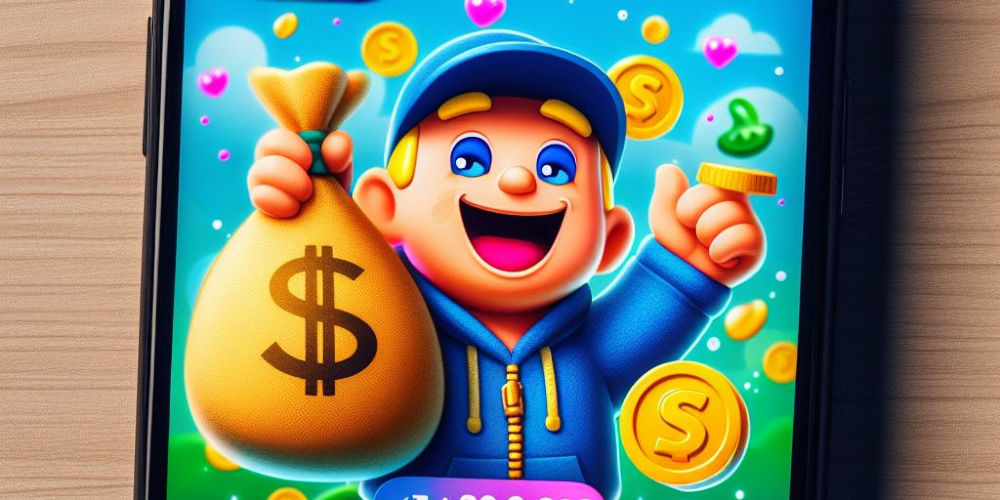Sweet Success: Unwrapping the Innovations in Mobile Game Monetization Through Candy Crush Saga

In the rapidly evolving landscape of mobile gaming, monetization strategies play a pivotal role in a game's success and longevity. Among the myriad of games vying for attention, Candy Crush Saga stands out as a paragon of how innovative monetization can lead to remarkable success. This article delves into the evolving strategies of mobile game monetization, with a spotlight on Candy Crush Saga, exploring the blend of in-app purchases, advertisements, and premium versions that have contributed to its sweet victory in the gaming world.
The Recipe for Success

Candy Crush Saga, developed by King, has not only captured the hearts of millions worldwide but also set a gold standard in mobile game monetization. The game’s journey from a simple match-three puzzle to a global phenomenon offers invaluable insights into effective monetization strategies.
In-App Purchases (IAPs):
At the core of Candy Crush's monetization strategy lies its in-app purchases. The game ingeniously integrates IAPs by offering players boosters, extra moves, and lives, enhancing the gaming experience while encouraging transactions. Unlike many competitors, Candy Crush ensures that its IAPs are perceived as valuable and fair, rather than necessary for progression, which fosters a positive player experience and willingness to spend.
Advertisement Strategies:
Candy Crush Saga employs a restrained yet strategic approach to advertisements. Opt-in ads, where players can choose to watch ads in exchange for rewards, strike a balance between revenue generation and user experience. This method respects player engagement and offers a non-intrusive way to monetize the audience who prefer not to spend on IAPs.
Premium Versions:
While the base game of Candy Crush Saga remains free, King has cleverly introduced premium versions and special editions that offer exclusive content and an ad-free experience. These versions cater to the most dedicated players, providing them with an enhanced experience while opening an additional revenue stream for the developers.
Evolving With the Audience

A key factor in Candy Crush Saga's enduring success is its ability to evolve with its audience. The game’s developers have consistently updated its monetization strategies to align with player preferences and technological advancements. Seasonal events, collaborations, and the introduction of new levels and challenges keep the game fresh and players engaged.
Community and Social Features:
Integrating social features has also been a masterstroke, turning the game into a social experience. Players can compete against friends, share gifts, and view leaderboards, fostering a community that encourages continued engagement and, indirectly, monetization.
Data-Driven Decisions:
Leveraging data analytics has allowed King to fine-tune Candy Crush's monetization strategies. By analyzing player behavior, purchase patterns, and engagement metrics, the developers can tailor the gaming experience to maximize enjoyment and revenue.
The Sweet Spot of Ethical Monetization

In the world of mobile gaming, where the line between aggressive monetization and player exploitation can sometimes blur, Candy Crush Saga manages to find the sweet spot. The game’s monetization strategies are built around enhancing the player's experience rather than exploiting it. Transparency, fairness, and respect for the player's time and choices are pillars that support Candy Crush’s monetization model.
Conclusion
Candy Crush Saga's journey offers a blueprint for mobile game monetization that balances profitability with player satisfaction. The game’s success is a testament to the power of innovative monetization strategies that prioritize the player experience. As the mobile gaming sector progresses, the insights gained from Candy Crush Saga are poised to shape upcoming games, paving the way for more innovative and user-centric financial strategies.
In the confectionary world of mobile gaming, Candy Crush Saga stands as a beacon of how sweetness, strategy, and innovation can merge to create a winning formula for both developers and players alike.






Leave a comment